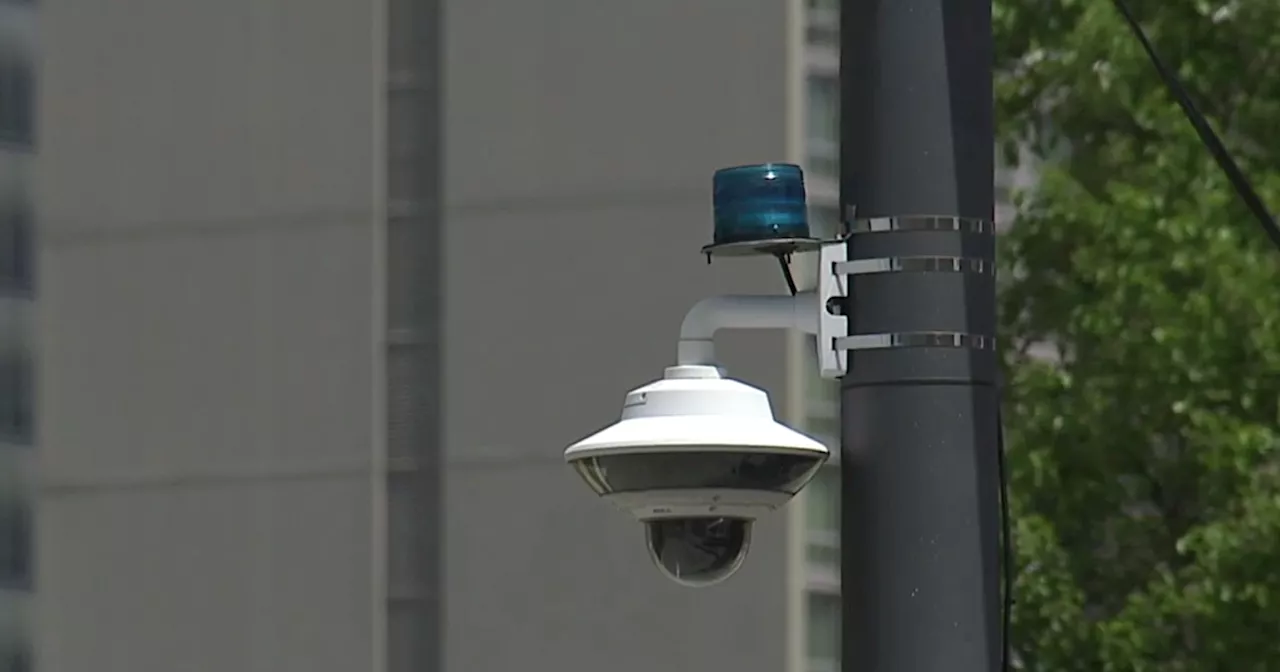President Donald Trump has initiated the demolition of the East Wing of the White House to make way for a new ballroom, sparking widespread criticism. The project, which is expected to cost around $300 million, has raised significant concerns regarding its implications for historic preservation and the perceived misuse of executive power.
The decision comes at a time when approximately 20 million Americans are at risk of losing their health care benefits, prompting questions about the administration’s priorities. Critics have pointed out that funding for the luxurious ballroom contrasts sharply with the significant cuts—over $1 trillion—to human service programs that support low-income families across the nation.
Despite previous assurances from Trump that the East Wing would remain untouched, the demolition is now complete. In a statement to the New York Times, Trump claimed that the construction would not interfere with existing structures, stating, “It won’t interfere with the current building. It’ll be near it but not touching it.” The reality, however, contradicts these words, as the East Wing has been completely reduced to rubble.
Concerns Over Oversight and Historical Preservation
The project has drawn scrutiny from various organizations, including the National Trust for Historic Preservation, which sought to halt the demolition until a legally required public review could take place. Their request was met with indifference from the administration. In a display of disregard for established protocols, Trump indicated he would submit plans to the National Capital Planning Commission only when ready, despite the demolition already being underway.
Critics argue that Trump’s administration has undermined over 250 years of constitutional checks and balances. The current composition of the planning commission, largely filled with Trump allies, raises further concerns about the integrity of the review process. The commission’s chairman, Will Scharf, is an official within the White House, which some see as a conflict of interest.
Public backlash against the demolition has been substantial. Many citizens are questioning the lack of oversight and transparency, especially given the significant public interest in the historical integrity of the White House. With millions protesting against what they perceive as a consolidation of power, the administration’s actions have been characterized as increasingly authoritarian.
Financial Backing from Wealthy Donors
Funding for the ballroom project has been linked to a group of wealthy donors, including executives from major corporations such as Google, Amazon, and Microsoft. Reports from Time magazine indicate that these contributors were promised recognition associated with the new ballroom, raising concerns about potential conflicts of interest and the influence of money in politics.
These financial backers stand to gain substantially from Trump’s previous tax reforms, which amounted to a $7 trillion tax cut for corporations and the wealthy. Critics contend that this connection highlights a troubling pattern of favoritism that prioritizes the interests of the wealthy over the needs of the general public.
As Trump continues to execute his vision for the White House, the implications of these decisions extend beyond architecture. The erosion of established norms and practices raises fundamental questions about governance and accountability in the current political climate.
In light of these developments, it remains vital for Congress and other governing bodies to assert their roles and responsibilities in oversight. The ongoing situation at the White House exemplifies the need for vigilance in preserving democratic institutions and ensuring that the voices of constituents are heard and considered. The consequences of unchecked power, as seen in the demolition of the East Wing, could have lasting impacts on the nation.







